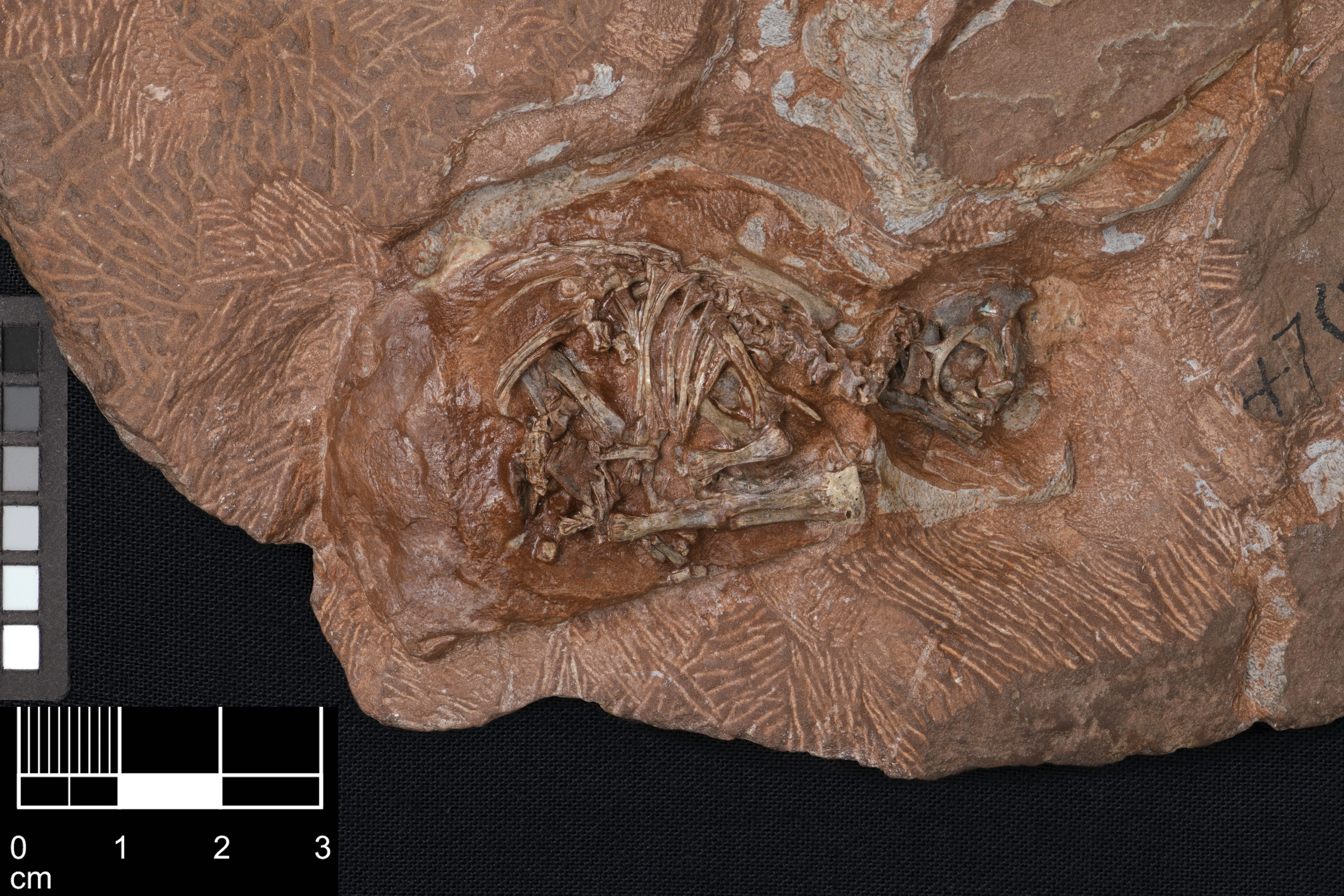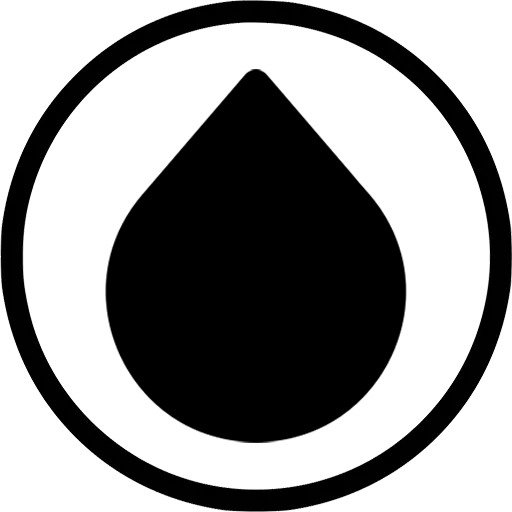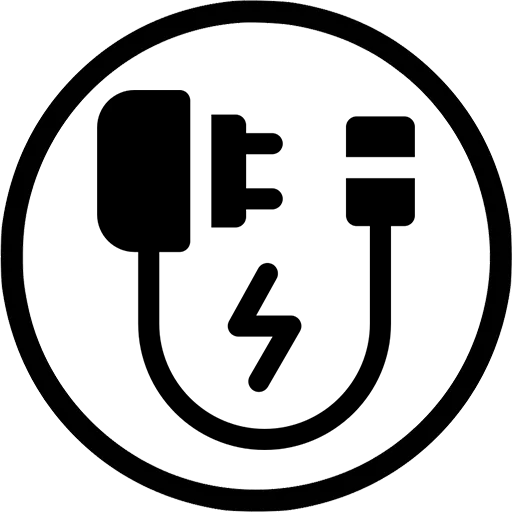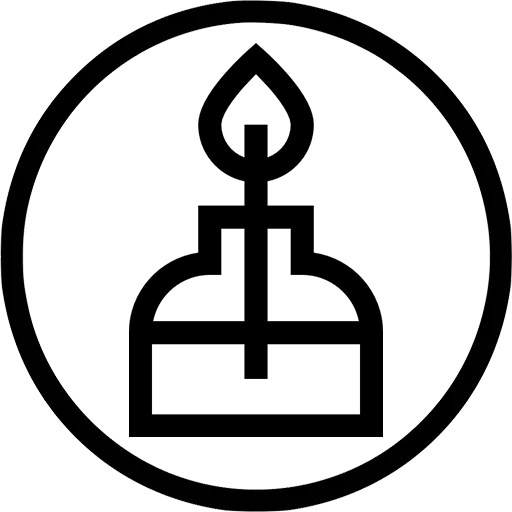




























Need for processing food
Methods for processing food


The Agriculture tile on the STEMulator provides many examples of how food is processed.

Click on the Olive picture to see how olives are harvested, where they grow and how olives are processed to make olive oil. [olive picture from STEMulator]
|
|
The video on the olive page takes you to a 5-minute journey through olive groves, to the factory and to a ranged of delicious cooked food made with olive oil. |

The Apple picture will take you to series of pictures and information about different products and how we process them. [apple picture]

A click on the cows takes you to the Cattle page with information that includes how cows digest grass in their four stomachs! [cows picture]
|
|
The video on the cattle page takes you to a dairy farm to see cows being milked by hand and with machinery. |
A few clicks on the pictures near the bottom of the cattle page take you to the factory page to see the bottling of fruit juices and to the house page, where the fridge holds some delicious orange juice ready to drink.
The factory tile on the STEMulator gives you a detailed diagram explaining the many steps involved in making flour from corn (maize) or wheat.
On the same page, the bottling process for food and beverage manufacturers is demonstrated.
|
|
Click on the video icon to view a 5 minute video that takes you through the Pepsi bottling factory and all the steps needed before the Pepsi is delivered to your local store! |
You may also be interested in a diverse range of manufacturing, from textile manufacturing to aerospace parts and electronic component manufacturing.
You can move between the Factory tile and the Agriculture tile to understand how farming and manufacturing are both central to what ends up on the table for supper.
|
|
|||||||||||||
|
|||||||||||||
|
|
|||||||||||||
|
Look for the answers to these questions on the STEMulator:
Process |
Explanation |
|
1. Press the cheese |
Pack the cheese into a particular shape and remove any excess liquid. |
|
2. Age the cheese |
Store the cheese at a particular temperature and humidity to improve the taste. |
|
3. Coagulate the milk by adding bacterial cultures and enzymes |
To separate the milk into solids called curds and liquid called whey. |
|
4. Pasteurize the milk |
Heat milk to a high enough temperature to kill off germs. |

The embryos in the Bernard Price Institute collection of Karoo vertebrates at the
Evolutionary Studies Institute of the University of the Witwatersrand.
Photo: Ilse van der Merwe, NSCF

The embryos in the Bernard Price Institute collection of Karoo vertebrates at the
Evolutionary Studies Institute of the University of the Witwatersrand.
Photo: Ilse van der Merwe, NSCF
 |
Plants and Animals on Earth:- Many different plants and animals |
 |
Animal Skeletons:- Skeletons of vertebrates |
 |
Food Chains:- Food and feeding |
 |
Life Cycles:- Growth and development |
Human lungs are remarkable organs responsible for the crucial task of breathing, which provides oxygen to the body's cells and removes carbon dioxide, a waste product of metabolism. Each person has two lungs, situated in the chest cavity on either side of the heart. The lungs are spongy in texture and pinkish in color, resembling two large air-filled balloons.
The lungs are divided into sections called lobes – three on the right lung and two on the left. Inside the lungs are a vast network of airways, including the trachea (windpipe), bronchi, and bronchioles, which branch out like tree limbs and end in small air sacs called alveoli. It is within these alveoli that the exchange of gases occurs: oxygen from the air enters the bloodstream, while carbon dioxide from the bloodstream exits the body when we exhale.
The process of breathing, also known as respiration, is controlled by the respiratory system, which includes the lungs, airways, and muscles involved in breathing. When we inhale, the diaphragm – a dome-shaped muscle beneath the lungs – contracts and moves downward, creating space for the lungs to expand. This allows air to rush into the lungs. When we exhale, the diaphragm relaxes, and the lungs recoil, pushing air out of the body.
Human lungs are essential for survival, as they enable the body to receive the oxygen it needs to function properly. Maintaining lung health is crucial for overall well-being, and practices such as regular exercise, avoiding smoking and pollution, and maintaining a healthy diet can help support lung function.
Telescopes stand as humanity's windows to the cosmos, offering unparalleled glimpses into the vast expanse of space and the wonders it holds. This educational journey delves into the realms of optics, astronomy, celestial objects, space exploration, and the rich history of telescopes, illuminating the fascinating intersection of science, technology, and human curiosity.
At the heart of the telescope's marvel lies the science of optics, which explores the behaviour of light and its interaction with lenses and mirrors. Telescopes harness the principles of optics to collect and focus light from distant celestial objects, enabling astronomers to observe and study them in detail. Through the careful design and construction of lenses, mirrors, and other optical components, telescopes magnify faint and distant objects, unveiling the secrets of the universe.
Astronomy, the study of celestial objects and phenomena beyond Earth's atmosphere, is intrinsically linked to the telescope's capabilities. Telescopes serve as indispensable tools for astronomers, allowing them to explore the cosmos across a broad range of wavelengths, from visible light to radio waves, X-rays, and beyond. By observing stars, galaxies, nebulae, and other cosmic entities, astronomers unravel the mysteries of the universe, probing its origins, evolution, and ultimate fate.
The history of telescopes is a testament to human ingenuity and the quest for understanding the cosmos. From the humble beginnings of early optical devices, such as the refracting telescope invented by Dutch spectacle maker Hans Lippershey in the early 17th century, to the cutting-edge technologies of modern observatories like the Hubble Space Telescope, telescopes have undergone remarkable advancements over the centuries. Each milestone in telescope development has expanded our view of the universe and revolutionized our understanding of the cosmos.
Telescopes have played pivotal roles in space exploration, providing vital data and imagery for missions to study planets, moons, asteroids, comets, and other celestial bodies. Space telescopes, like the Hubble Space Telescope and the James Webb Space Telescope, offer unparalleled views of the universe from beyond Earth's atmosphere, free from the distorting effects of the atmosphere.
For a wing to work, it has to move through air to produce lift. A bird uses muscles, planes have engines – propellers or jet engines. Engines pull the plane through the air at high speed. Because of a wing’s special curved shape, the air flowing over a wing experiences a pressure difference between the upper and the lower surfaces, producing an upward force called lift, which is greater than the weight of the plane.
As a plane flies faster, it’s resistance in the air, called drag, increases, but the lift of the wing increases, allowing the plane to fly. So the four forces acting on a flying plane are: thrust from the engines; weight of the plane, drag (air resistance of the whole plane), and lift from the wings.
There is a minimum speed before the lift is greater than the weight of the plane which is why a plane needs a long runway before it can ‘take off’. Once in the air, the ailerons on the wings allow the pilot to control the direction of flight.
The flaps allow the wing to change its shape so that it can produce more lift, but that increases the drag. Flaps are extended during take-off and landing to produce more lift at lower speed, but are retracted during flight to reduce the drag.
A wing has to be designed to be as large as possible, but as light as possible, requiring a strong skeleton with a strong skin. The cavity is used for the fuel tanks which helps keep the centre of gravity in the middle of the plane for stability in flight.
The fuselage is the main body of an aeroplane to which everything else is attached. It is a long hollow tube, made as light as possible, yet strong enough to withstand the extremely low pressure and sub-zero temperatures outside the plane when flying at altitude.
A passenger plane needs a wide fuselage to provide space for many passengers and luggage, but that increases the drag and limits the maximum speed. Whereas a supersonic fighter plane, which requires little space for its heavy payload, has a slender streamlined fuselage which allows it to fly much faster.
On an airliner, the pilots sit in a cockpit at the front of the fuselage; the main fuselage carries passengers and cargo; fuel is stored in the wings to which the engines are attached; and the tail section carries the stabilizer fins and rudder.
Structural considerations are: the large forces where the wings are attached to the fuselage; window sizes are limited due to the pressure differences and pressure changes; the doors require special seals and locking mechanisms. For passenger aircraft the interior of the plane must be pressurised and air-conditioned.
Because the consequences of aircraft failures can be so extreme, planes have to be stripped down at regular intervals to check for cracks on all the structural members.
Jet engine
A turbojet engine is a gas turbine engine that works by compressing intake air with a multi-stage compressor (axial, centrifugal, or both), injecting fuel into the compressed air and burning the mixture in a combustion chamber. The hot, high pressure, exhaust gas passes through a turbine, which drives the inlet compressor, and out the exhaust nozzle. So the engine converts the chemical energy in the fuel to kinetic energy in the exhaust, producing thrust. In a turbojet engine all the inlet air passes through the compressor, combustor, and turbine.
Whereas a turbofan engine has a large inlet fan which accelerates additional air in a duct surrounding the jet engine to produce extra thrust. Turbofans are the dominant engine for medium and long-range airliners.
Turbofans are usually more efficient than turbojets at subsonic speeds, but at high speeds their large frontal area generates more drag. Therefore, for supersonic flight, and in military and other aircraft, where other considerations have a higher priority than fuel efficiency, fans tend to be smaller or absent.
Turbofan engines are categorized as low-bypass or high-bypass, depending upon the amount of air which bypasses the core of the engine. Low-bypass turbofans have a bypass ratio around 2:1 or less.
Turbines have superior power-to-weight ratios than piston engines, and are more reliable for continuous high outputs. Turbines also work better than a naturally-aspirated piston engines at high altitudes and cold temperatures. Their light-weight build, reliability, and high-altitude capability makes turbines the engine of choice for airplanes. Turbines are also commonly used at power plants for electricity generation (hyperlink).
Insects are small air-breathing arthropods (such as ants, beetles, butterflies, bees) with a three-part body (head, thorax and abdomen), three pairs of jointed legs, typically one or two pairs of wings, compound eyes and two antennae.
Insects are the most diverse group of animals; they include more than a million described species and represent more than half of all known living organisms and over 90% of the animal life forms on Earth. Insects are found in nearly all land environments, but only a few species reside in the oceans. Insects perform a vital role in supporting other life forms and ecosystems; pollination, soil aeration, processing of nutrients and as part of the overall food chain.
Entomology is the study of insects and their relationship to humans, the environment, and other organisms. Entomologists contribute to such diverse fields as agriculture, chemistry, biology, human/animal health, molecular science, and even criminology and forensics.
Nematodes, also known as roundworms and eelworms, are one of the most diverse and abundant groups of animals on earth. They are found on every continent and in almost every habitat known to man. Nematodes in the soil are microscopic organisms and can very rarely be seen with the naked eye. There are many different kinds of nematodes and they are divided into groups based on what they eat. Herbivorous nematodes (plant-parasitic nematodes), feed on all different parts of a plant. These nematodes are sometimes referred to as the bad nematodes because they can cause damage to agricultural crops and they make it difficult to grow the food we eat.
But there are also beneficial nematodes, the so called good guys, which can be beneficial to humans because they are essential for soil health. These nematodes are also divided into different groups. Bacterivores (nematodes that eat bacteria), fungivores (nematodes that eat fungi), predators (nematodes that eat other microscopic animals including other nematodes) and omnivores (nematodes that eat plants and animals). These nematodes play an essential role in the soil food web because not only do they eat the other organisms in the soil, but they are also food for many of the other animals also found in the soil. Nematodes are also important in nutrient cycling in the soil, enabling plants to take up nutrients and ensuring plant growth. In the soil environment there are millions of nematodes from all the different feeding groups.

A sac spider, Cheiracanthium species, that can be found on different crops. Photograph by Peter Webb.

 |
Living and Non-living Things:- Living things |
 |
Structure of Plants and Animals:- Structure of plants |
 |
What Plants Need to Grow:- Conditions for growth |
 |
Habitats of Animals:- Different habitats |
 |
Structures for Animal Shelters:- Animal shelters |
 |
Strengthening Materials:- Ways to strengthen materials |
 |
Strong Frame Structures:- Struts and frame structures |
 |
Materials Around Us:- Solids, liquids and gases |
 |
Solid Materials:- Raw and manufactured materials |
 |
Energy and Energy Transfer:- Energy for life |
 |
Energy Around Us:- Energy |
 |
Energy and Sound:- Vibrations and sound |
 |
Movement and Energy in a System:- Movement and musical instruments |
 |
Rocket Systems:- Modelling a rocket |
 |
Planet Earth:- Features of the Earth |
 |
The Sun:- Our closest star |
 |
The Earth and the Sun:- Moving around the Sun |
 |
The Moon:- Features of the Moon |
 |
Stored Energy in Fuels:- Fuels |
 |
Energy and Electricty:- Cells and batteries |
 |
Energy and Movement:- Elastic and springs |
 |
Metals and Non-metals:- Properties of metals |
 |
Uses of Metals:- Other properties of metals |
 |
Processing Materials:- Combining materials |
 |
Processed Materials:- Properties and uses |
 |
Planet Earth:- The Earth moves |
 |
Surface of the Earth:- Rocks |
 |
Sedimentary Rocks:- Formation of sedimentary rock |
 |
Fossils:- Fossils in rock |
 |
Photosynthesis:- Plants and food |
 |
Nutrients in Food:- Food groups |
 |
Ecosystems and Food Webs:- Different ecosystems |
 |
Solids, Liquids and Gases:- Arrangement of particles |
 |
Mixtures:- Mixtures of materials |
 |
Mixtures and Water Resources:- Water pollution |
 |
Solutions as Special Mixtures:- Solutions |
 |
Dissolving:- Rates of dissolving |
 |
Electric Circuits:- A simple circuit |
 |
Electrical Conductors and Insulators:- Conductors |
 |
Mains Electricity:- Fossil fuels and electricity |
 |
Systems to Solve Problems:- Using electric circuits |
 |
Systems to Explore the Moon and Mars:- Vehicles used on the Moon |
 |
Systems for Looking into Space:- Telescopes |
 |
The Solar System:- The Sun, planets and asteroids |
 |
Movement of the Earth and the Planets:- Rotation (Earth) |
 |
The Movement of the Moon:- Rotation (Moon) |
 |
Food Processing:- Need for processing food |
 |
Processes to Purify Water:- Clean water |
Solids, liquids and gases
Change of state
The water cycle
The STEMulator has a powerful demonstration of the water cycle on the Nature tile, with clear definitions provided of the important terms we use:
On the Nature tile of the STEMulator, a click on the rain takes you to a page about the water cycle.
|
|
Click on the video icon on the page for an excellent explanation and animation of the water cycle, captured in a video of less than 2 minutes. |
|
|
Click on the video icon on the page for a fascinating 3-minute video that explains cloud formation. |
Look for the answers to these questions on the STEMulator:
Skeletons of vertebrates
Movement
Skeletons as structures
Frame and shell structures
The STEMulator displays a number of skeletons and shows how they work.
On the Science tile, go to the museum to investigate the enormous skeletons of a dinosaur and a whale.
|
|
The video on the Human Skeleton page (part of the Body tile) is excellent and demonstrates everything you need to know about how we move using our bones and muscles.  |
Each hyperlink below takes you to an object or a tile of the STEMulator that contains diagrams and animations, interesting content and career options to do with animal skeletons.
|
Animals: |
|
||||||||||
|
|
|||||||||||
|
|
|||||||||||
Look for the answers to these questions on the STEMulator:
Other useful links
As a project, learners can make a skeleton out of cardboard, string and newspaper. Have a look at this demonstration: https://youtu.be/4Ihi34hXbSk?t=364
Fossils in rock
Body and trace fossils
Importance of South African fossils
The Museum on the Science tile of the STEMulator has a room with a fossil page to explore.

It also has an African Dinosaur page, easily visible because the dinosaur skeleton is outside the museum. Among other juicy details, the size of the Massospondylusis compared to a human on this page.
Look for the answers to these questions on the STEMulator:

Other links:
Show your class this 3 minute video of deep sea divers finding the Coelacanth in the Sodwana waters. https://youtu.be/-I4m-XZuJHQ
Energy and sound
Vibrations and sound
Making sounds
Noise pollution
Use the STEMulator to see how soundwaves transmit sound to our ears.
To find the Body tile on the STEMulator, look for a person standing alone in the park next to the school.
Click on the Body and then on the brain to take you to a page with the five senses explained.

Look for the answers to these questions on the STEMulator:
hammer brain stirrup eardrum cochlea vibrate sound waves inner funnel anvil |
The outer ear is shaped like a ___________ to gather sound waves. The sound waves make the ear drum _________. The middle ear has three bones, known as the ________, the _____________ and the _________. The sound waves vibrate in these bones and are moved to the membrane at the entrance of the _________ ear. The vibrations are passed on by the fluid in the _________ to receptors which send the nerve impulses to the cerebrum of the ________. The brain interprets this as sound!
“For hearing, sound waves pass from the outer ear, through the auditory canal and onto the eardrum. In the middle ear, delicate bones transfer the vibrations to fine hairs in the inner ear, which produce electrical signals that the brain decodes as sound. “
Other links:
Plants and animals on earth
Many different plants and animals
• there are many different plants and animals living in different habitats on Earth
* (South Africa has a wide variety of indigenous plants and animals and their habitats)
Inter-dependence
Animal types
[* Plants and animals, and their habitats make up the total biodiversity of the Earth]
The STEMulator provides fascinating information about a selection of animals, plants and micro-organisms. At this stage in the curriculum, learners can explore animals and plants by observation. The only ‘classification’ they do is to notice differences between vertebrates and non-vertebrates. Using the STEMulator, they can find out about the habitats of different plants and creatures and what they need to survive – air, water, soil, food, shelter.
Each hyperlink below takes you to an object or a tile of the STEMulator that contains diagrams and animations, interesting content and career options to do with plants and animals.
|
Animals: |
Plants: |
||||||||||
|
|
|||||||||||
|
|
||||||||||
|
|
|
||||||||||
|
|
||||||||||
|
|
|||||||||||
|
|||||||||||
Look for the answers to these questions on the STEMulator:
Let the learners explore the STEMulator tiles that contain information about plants and animals. They will find something on each of the following tiles:
Nature tile
Science tile (Animal World and Museum)
Body tile (Human body)
Agriculture tile (farm animals, orchard, mealie crop, plants, insects
Other useful links
For those who want to learn more about biodiversity, this link is full of information from the Natural Science Collections Facility (South Africa): https://nscf.org.za/resources/the-value-of-natural-science-collections/
Wheels and axles
On the STEMulator, the car and the aeroplane both have wheels and axles.
The car is parked in the driveway of the house. Click on the car and then click on the various parts of the car.
|
|
There is a video about the steering system (1,5 minutes) to watch. There is also a simple explanation of how cars work in a 4 minute video |
|
|
On the Plane tile, there is a landing gear page with diagrams and a video (3,5 minutes) that explain how the wheels and axles help the aeroplane to move on the ground and to land safely. |
The purpose of the activity is to experiment with different types of wheels and axles to find out what works well.
You will need:
Make a drawing of your final design. Remember to label the different materials that you used.
Write about your final design.
What materials worked best for the wheels? And for the axles?
How did you attach the wheels to the axles? Did your box car run smoothly on the wheels? How can you improve your design?

We all know about wheels in our daily lives, but we don’t think about how they work, what they are made of, or how they have made many tasks easier. Ask leading questions to get your learners thinking about these things.
On the STEMulator, encourage your learners to explore the car, the wheels and axles of the car and the steering wheel. They can click on any part of the car to see how the parts fit together.
Similarly, the aeroplane on the STEMulator is interesting to explore. Discuss the wheels and undercarriage of the plane.
Fossil fuels and electricity
Cost of electricity
Illegal connections
Renewable ways to generate electricity
The tile on the STEMulator provides
The STEMulator explains and demonstrates a range of energy sources on the Energy tile. You can visit the coal power station, the nuclear power, hydro power, wind power and solar power stations all on the same page. The STEMulator shows you the processes involved in producing power from these energy sources.
On the House page, you can also follow the route of the electricity grid and how it connects to the national grid.
Look for the answers to these questions on the STEMulator:
Coal: Watch the video “Coal Fired Power Station” on the STEMulator with your class. For anything that they didn’t understand, or that made them want to know more, learners can be encouraged to further research themselves.
You could ask questions about coal based on the video, or make a worksheet from this information for learners to complete.
Learners can follow the steps of using coal to make electricity on the STEMulator and then write the steps down, or make a drawing that shows the steps.
Solar power: Watch the video on the solar power page, which explains solar power very clearly and encourages the use of renewable energies.
Learners can follow the steps of using the sun to make electricity on the STEMulator and then write the steps down, or make a drawing that shows the steps.
Power in the house: Let the learners trace the grid of electricity from the house to a power station and back again on the Energy tile of the STEMulator.
Click on the kettle in the house to see how a kettle works and to find out how much electricity a kettle uses.
Use the STEMulator to demonstrate hydro power and wind power as two other sources of renewable energy that we use.